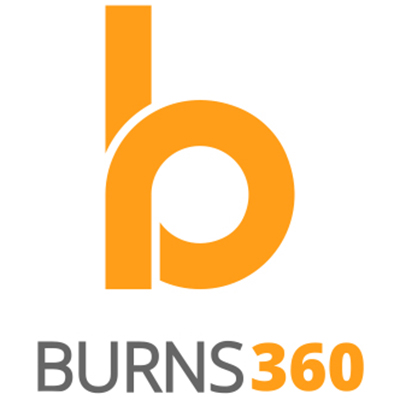
How to Identify and Increase Qualified Marketing Leads
President
Burns360
Let’s begin with a little dose of marketing heresy. Here it is—lead generation is not the Holy Grail of marketing and PR.
Qualified lead generation is the goal.
The distinction between the two isn’t just marketing speak. Generating qualified leads can literally mean the difference between a marketing strategy that succeeds or actually costs your company more than the leads are worth.
Just ask your sales reps. In my first job out of college, I was a salesman for one of the largest textbook publishers in the country. Every month, the company sent me around 50 leads to follow up on, and at first I was excited to get them.
But not for long. I literally can’t remember a single time when I closed a sale from even one of those leads, and most of the time, the people I contacted had absolutely no clue what I was talking about. Some of them didn’t even exist.
Unfortunately, wasting time on unqualified marketing leads is still too common. To some degree, the situation is even worse today because we now have the ability to track and identify prospects coming to our websites. The operative word here is prospects—and prospects aren’t leads.
How to Classify Prospects, Leads, Qualified Leads and (Everyone’s Goal) Hot Leads
The first step in getting more qualified leads is to separate generic queries from those that are legitimately relevant opportunities. The best way to do so is to understand where your prospect is in his or her buying journey.
Here’s a quick rundown of how to classify the progression from “prospect” to “hot lead”.
- Someone visits your website, but doesn’t take any specific action, request additional information or give you his or her contact information. This person is a prospect, not a real lead, and shouldn’t be passed on to your sales department.
- Someone downloads or requests a generic piece of educational content, such as an e-book, a white paper or an infographic that discusses a given topic. An example might be, “Five Things Investors Need to Know about Financial Risk.” If the person downloads the content and provides his or her email address, this is a legitimate lead. But it still isn’t a marketing qualified lead at this point, since the person is only looking for information. It doesn’t mean you can’t follow up with a thank you note and offer to provide more help, but it does mean your lead is still in the information-gathering stage. It’s too early to assume the lead is ready to buy.
- Someone wants to know about a specific solution you provide. One of our clients, ICMC, is a wealth management company that offers a tool on their home page that allows investors to determine their risk number, which provides a clear picture of their risk tolerance level. This type of content gets visitors actively engaged in what ICMC has to offer and demonstrates the firm’s ability to provide a qualified solution to a specific pain point. No investor wants an investment portfolio that’s beyond his risk comfort level, and ICMC’s tool demonstrates its ability to understand a client’s personal preferences from the very beginning. When someone accesses or requests solution-based information from your firm, it’s a legitimate—and qualified—lead. It might not be time to push for a sale, but it does indicate your potential buyer is in the consideration stage of his or her buying journey, and merits notifying your sales team to follow up.
- Someone asks for a demo, a direct call back or an in-person meeting. Needless to say, now you’ve got a hot lead. What’s critical here is for marketing to make sure that every hot lead—and in most cases, even a qualified lead—is turned over to sales as soon as possible. Studies show that if you respond personally within 24 hours after someone asks for a call to action, your chances of turning the lead into a sale are significantly higher.
When marketers provide sales reps with leads that are legitimate opportunities, everybody wins. And the more marketers demonstrate their firm’s value-added differentiators, the more marketing-driven leads will translate into sales.


